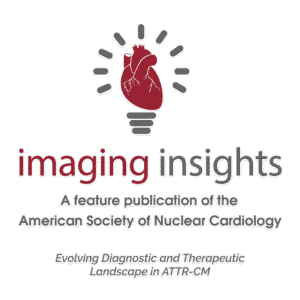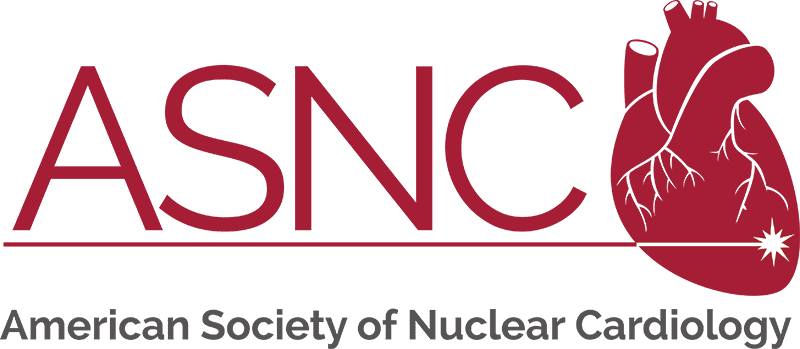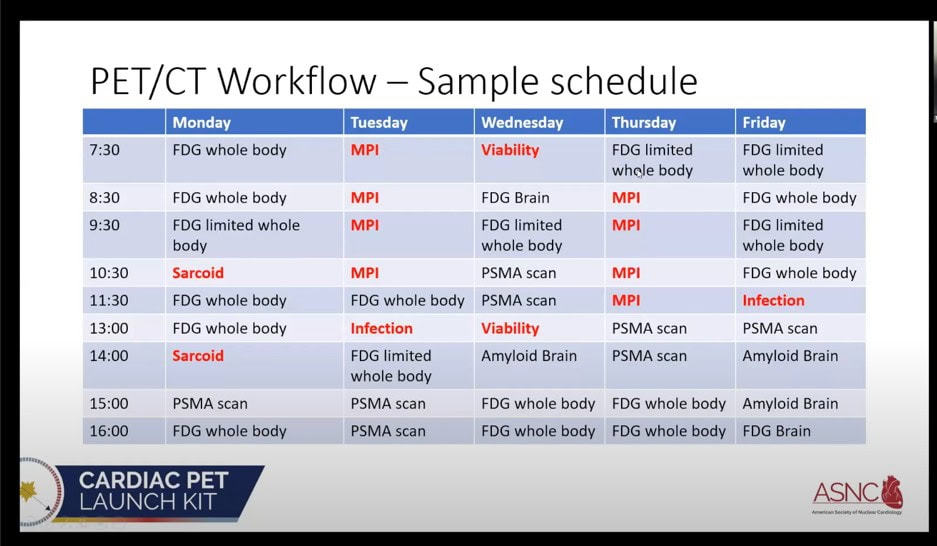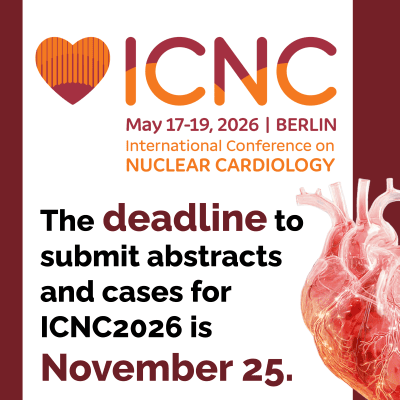 The results of a recently published HELIOS-B substudy offer a glimpse into why patients with transthyretin amyloidosis who were treated with vutrisiran, or in some cases vutrisiran and tafamidis, had mortality rates approaching what was expected for their age.
The results of a recently published HELIOS-B substudy offer a glimpse into why patients with transthyretin amyloidosis who were treated with vutrisiran, or in some cases vutrisiran and tafamidis, had mortality rates approaching what was expected for their age.
Karola S. Jering, MD, and colleagues analyzed echocardiographic data from HELIOS-B starting at baseline and continuing through month 30. They found that worse left and right ventricular systolic and diastolic function at baseline were independently associated with higher risk of the trial’s composite endpoint of all-cause death and recurrent cardiovascular events as well as with all-cause death alone. By 12 months, vutrisiran lowered E/e’, thus improving diastolic function, and, by 18 months, had attenuated declines in left ventricular and right ventricular systolic function. Worsening of left ventricular and right ventricular systolic function at 18 months was associated with higher risk of all-cause death and recurrent cardiovascular events.
The new issue of ASNC’s Imaging Insights examines the substudy’s results in more detail, considering how vutrisiran might work to facilitate clinical benefits. The Imaging Insights article also looks at data comparing the survival curves for the ATTR-CM landmark trials of amyloid medications with the age-expected mortality of individuals their age in the U.S. general population. A major takeaway from these analyses, experts say, is getting patients treated early.
Article Type
News & Announcements
Category
Education
Related Posts
Dr. Juhani Knuuti to Deliver Keynote Lecture at ICNC2026, the International Conference on Nuclear Cardiology
Presenting a Vision for Precision Imaging in Cardiovascular Care Juhani Knuuti, MD,…
Must-See Video! Insights on Starting a Shared Service Cardiac PET Program
In the Technical Requirements section of ASNC’s Cardiac PET Launch Kit, you’ll…
Earn a Spot in ICNC2026’s Young Investigator Awards Competition
The ICNC2026 Organizing Committee is now accepting original scientific abstracts and clinical…




